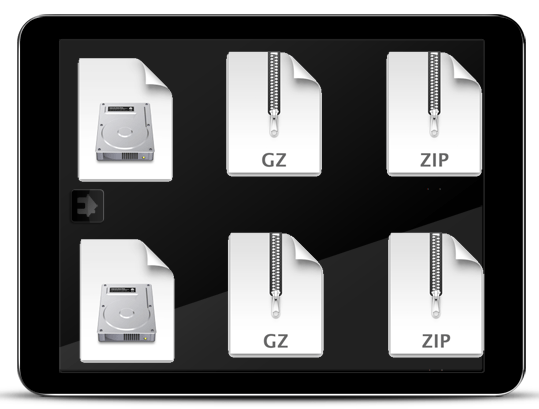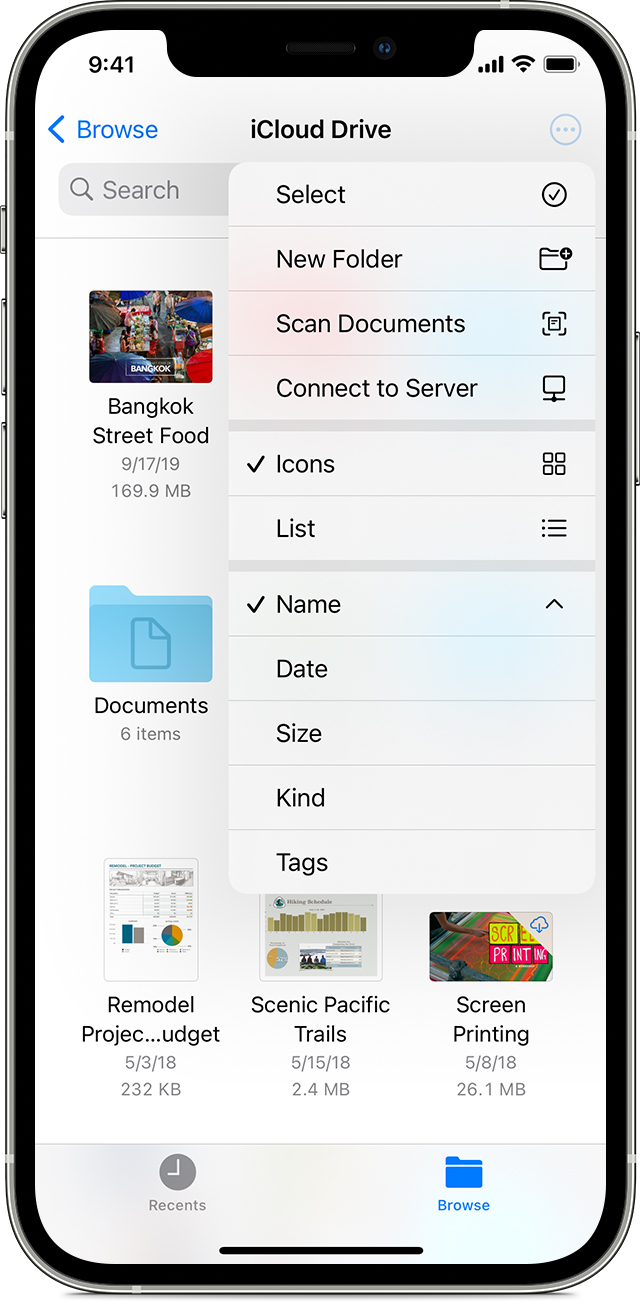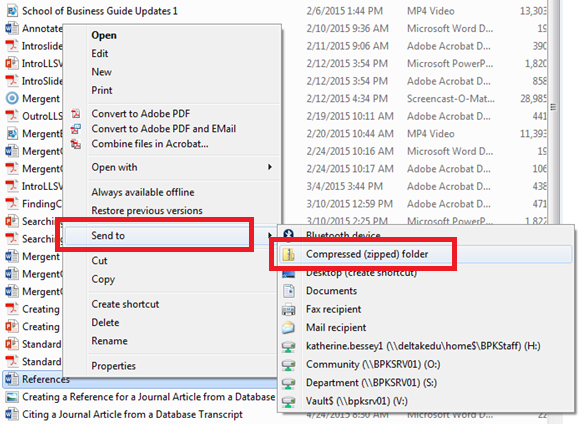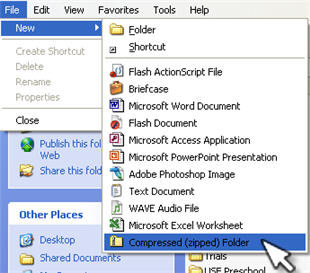

- How to make zip folder on mac how to#
- How to make zip folder on mac mac os x#
- How to make zip folder on mac archive#
- How to make zip folder on mac iso#
OR you can create a HFS+ disk image, mount it (double-click it), copy all the expanded files on there, transfer it over to the old Mac and mount it there. Then when it asks you where to save the disk image, make sure you choose the image format at the bottom: "Hybrid image (HFS+/ISO/UDF)".Ĥc). Launch Disk Utility and in the menu bar at the top choose: FILE > NEW > "Disk image from folder." > Choose your expanded ZIP folder containing all your files.
How to make zip folder on mac iso#
OR you can create an hybrid HFS+ ISO disk image containing all those files, transfer it over to the old Mac and mount it there.

How to make zip folder on mac archive#
zip!) archive that you will be able to transfer on the old Mac and expand it there.Ĥb).

How to make zip folder on mac mac os x#
OK, but now what?ġ) You need a Mac OS X computer, boot it and copy your ZIP file onto its desktop.Ģ) Expand the ZIP file under that Mac OS X computer with any ZIP tool, such as the one that comes with OSX or you can also use The Unarchiver.ģ) Once your ZIP is expanded, OSX will instantly rebuild/join the resource forks and DATA forks and render your old Mac files useable.Ĥa) Now, you can use Stuffit or a similar app to produce a.
How to make zip folder on mac how to#
This is because no Mac OS 9 decompression utility knows how to join the two forks back together. Moreover, you will notice, sadly, that no file is useable at all. When you expand an OSX ZIP file under Mac OS 9, you will expectedly see both folders: One named "_MACOSX" as well as another folder containing all the files inside the ZIP. So you need both forks (resource and DATA) for old Mac files to work. Without their resource fork, Mac OS 1.x to 9.x application programs and most documents would be nothing. All Mac files from versions BEFORE Mac OS X depend on those resource forks to even be useable. The file names inside the "_MACOSX" folder all begin with a dot. The "_MACOSX" folder contains the resource forks of all the files, binary encoded because that's the only way they can be stored in a ZIP file along with the DATA.

In other words, if you inspect inside an OSX zipped file, you will see a "_MACOSX" folder and another folder named like what you zipped, but Mac OS X hides this "_MACOSX" folder from the typical user, so you can only see this with other OS'es such as Windows, Linux or Mac OS 9. When you zip files under Mac OS X, the files are split in two folders: The resource forks are binary encoded and split away, stored in a "_MACOSX" folder and the DATA forks are stored as is in its own folder. That being said, zipping old Mac files under Mac OS X changed this. The reason is simple: ZIP files are not compatible with Mac resource forks (old Mac files before Mac OS X) and zipping an old Mac file (such as a Mac OS 9 application program) would destroy it, effectively stripping its resource fork. Everybody used SIT files instead and some used HQX, BIN or CPT files, but not a single Mac user zipped their files. If you used a Mac back in the 90's, then you remember that among Mac users, nobody ever used ZIP format for compressing files.


 0 kommentar(er)
0 kommentar(er)
